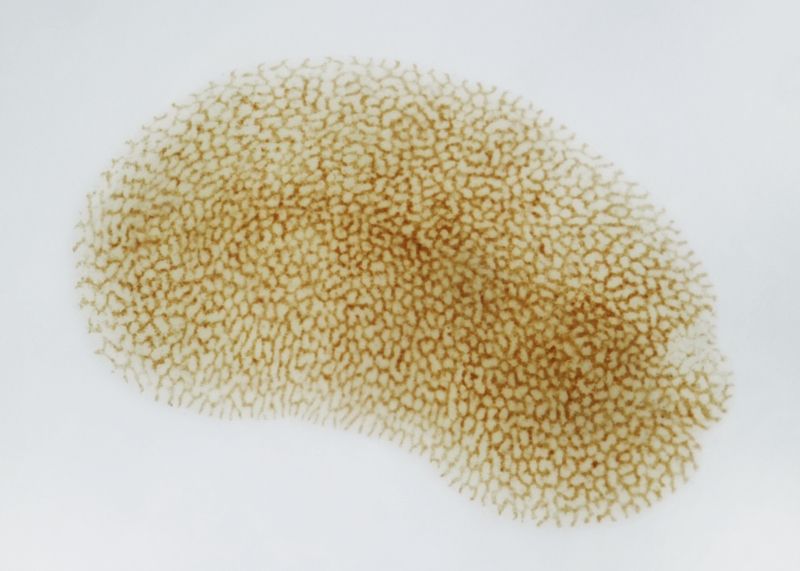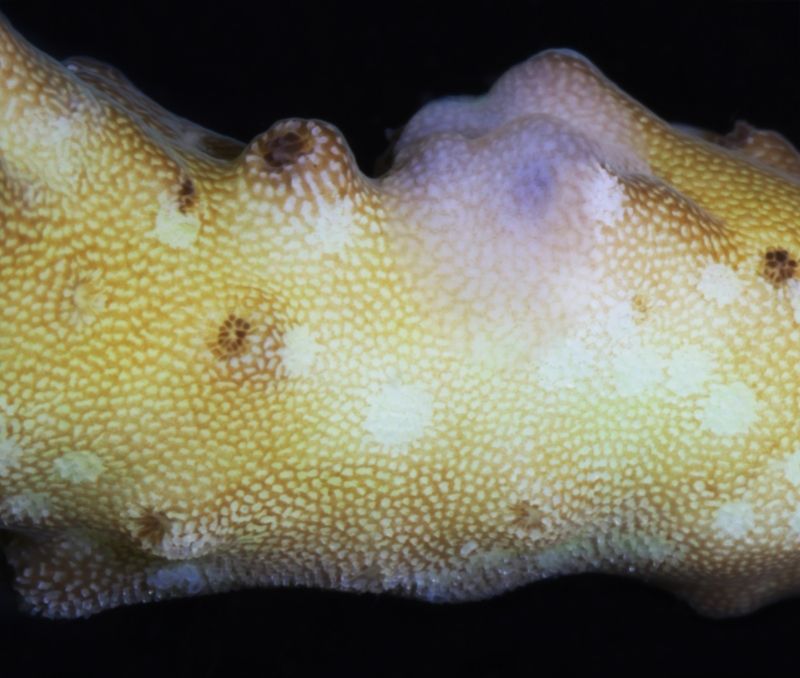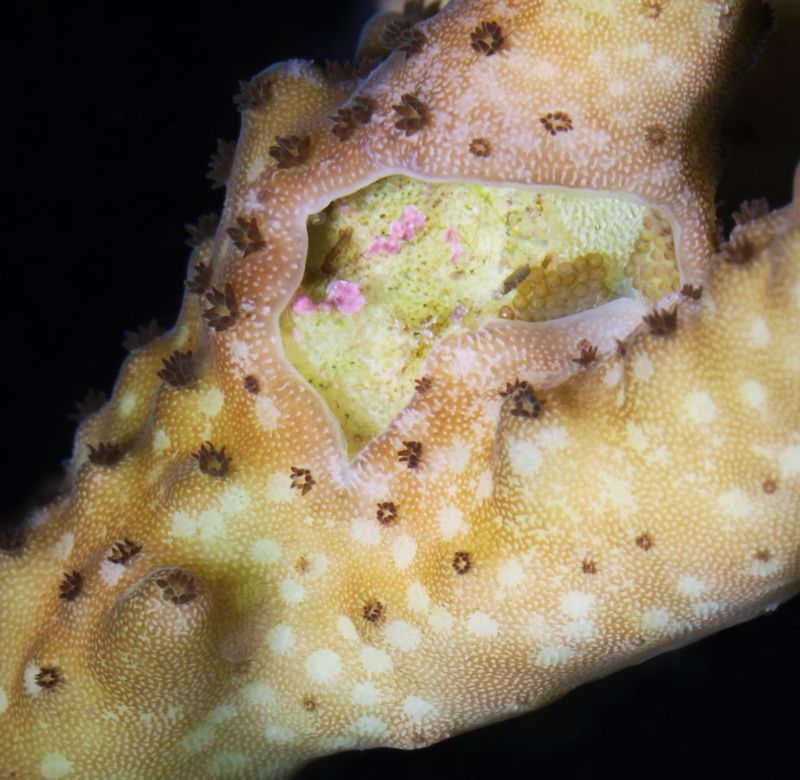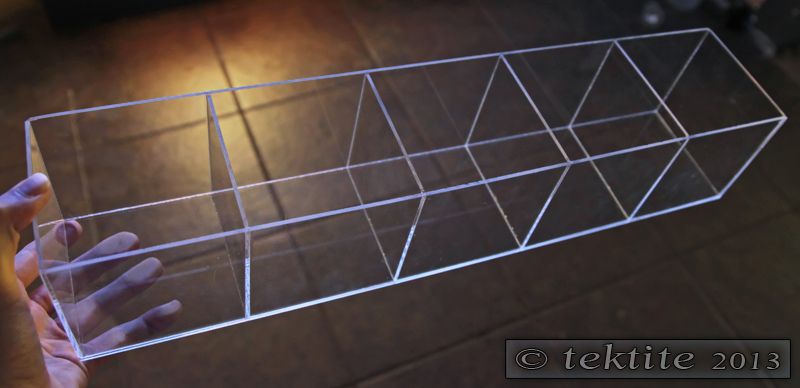tektite
Active Member
I've posted this on a few other reef forums, but figured I can't forget my first reef forum I participated in 
Awhile back I took in some frags from a fellow hobbyist that weren't doing good for them. Turns out some of them had Acropora eating flatworms (AEFW). I did what research I could to find out more, but there's not much scientific information out there.
A big thanks goes to an LFS who gave me their entire collection of Acropora when they discovered a customer had given AEFW to them. While eradicating the AEFW for the LFS, I became quite interested in the little guys. Even found a dip that kills the embryos inside the eggs, but more study is needed on that (will be a later experiment).
I was able to clean the LFS frags of AEFW and returned them, but left AEFW on my own personal SPS. I don't have many, but what I have are now hosts to a deliberate population of AEFW. Hopefully I can keep most of them alive while infected over time. I contacted Dr. Kate Rawlinson, who's done the only real scientific study on AEFW I could find. After a number of emails, we will now be working together to do some more research on them.
Any information we discover I'll post in this thread. It won't be a fast process, but I hope over time we can find some valuable information to help hobbyists against this common SPS pest.
Few quick pics:
Adult AEFW:

Large AEFW moving over SPS polyps. Its mottled appearance makes it blend in extremely well to the host acro:

Badly infested acro showing bite marks and eggs:

Short video, sped up 4x. The flatworm wasn't happy with the compartment, it had just been moved from its host acro, and was holding itself up trying to find something other than the plastic to grab onto:
[video]www.youtube.com/embed/r2UTZHAnxqY[/video]
Awhile back I took in some frags from a fellow hobbyist that weren't doing good for them. Turns out some of them had Acropora eating flatworms (AEFW). I did what research I could to find out more, but there's not much scientific information out there.
A big thanks goes to an LFS who gave me their entire collection of Acropora when they discovered a customer had given AEFW to them. While eradicating the AEFW for the LFS, I became quite interested in the little guys. Even found a dip that kills the embryos inside the eggs, but more study is needed on that (will be a later experiment).
I was able to clean the LFS frags of AEFW and returned them, but left AEFW on my own personal SPS. I don't have many, but what I have are now hosts to a deliberate population of AEFW. Hopefully I can keep most of them alive while infected over time. I contacted Dr. Kate Rawlinson, who's done the only real scientific study on AEFW I could find. After a number of emails, we will now be working together to do some more research on them.
Any information we discover I'll post in this thread. It won't be a fast process, but I hope over time we can find some valuable information to help hobbyists against this common SPS pest.
Few quick pics:
Adult AEFW:

Large AEFW moving over SPS polyps. Its mottled appearance makes it blend in extremely well to the host acro:

Badly infested acro showing bite marks and eggs:

Short video, sped up 4x. The flatworm wasn't happy with the compartment, it had just been moved from its host acro, and was holding itself up trying to find something other than the plastic to grab onto:
[video]www.youtube.com/embed/r2UTZHAnxqY[/video]

